Renowned Physicist Yang Zhenning Passes Away at 103
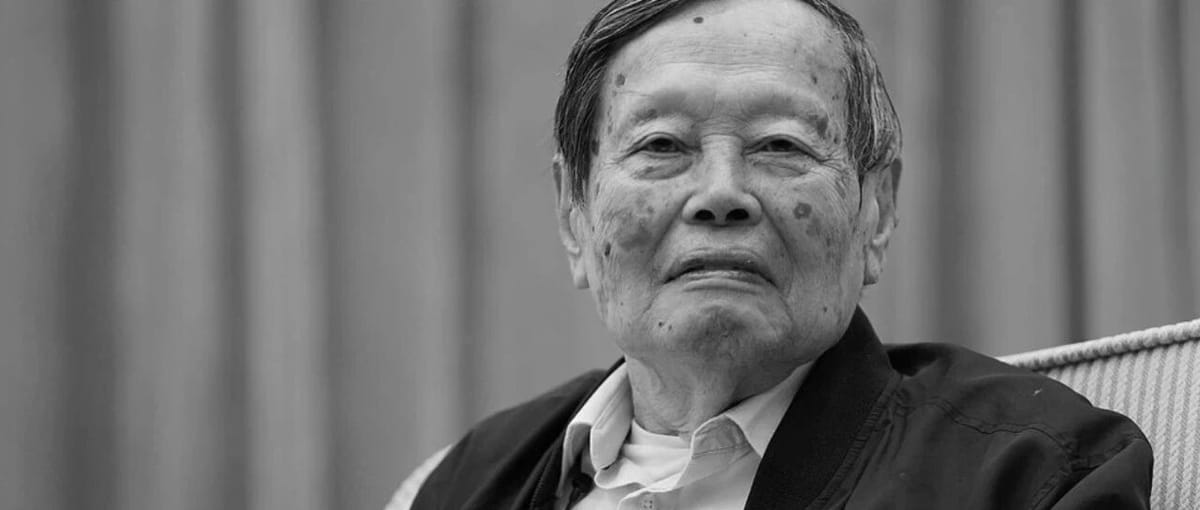
Farewell to Professor Yang Zhenning
2025-10-18 · 12:39 · Beijing
---

On October 18, according to Xinhua News Agency, world-renowned physicist, Nobel Prize winner in Physics, academician of the Chinese Academy of Sciences, professor at Tsinghua University, and honorary president of Tsinghua University’s Institute for Advanced Study — Professor Yang Zhenning — passed away in Beijing at the age of 103.
---

Celebrated Scientist
Just last month, the official Nobel Prize organization celebrated Professor Yang’s 103rd birthday.
In 1957, together with another eminent Chinese physicist Tsung-Dao Lee (Li Zhengdao), Yang won the Nobel Prize in Physics for their groundbreaking research into parity conservation laws, which led to key discoveries about fundamental particles.
---
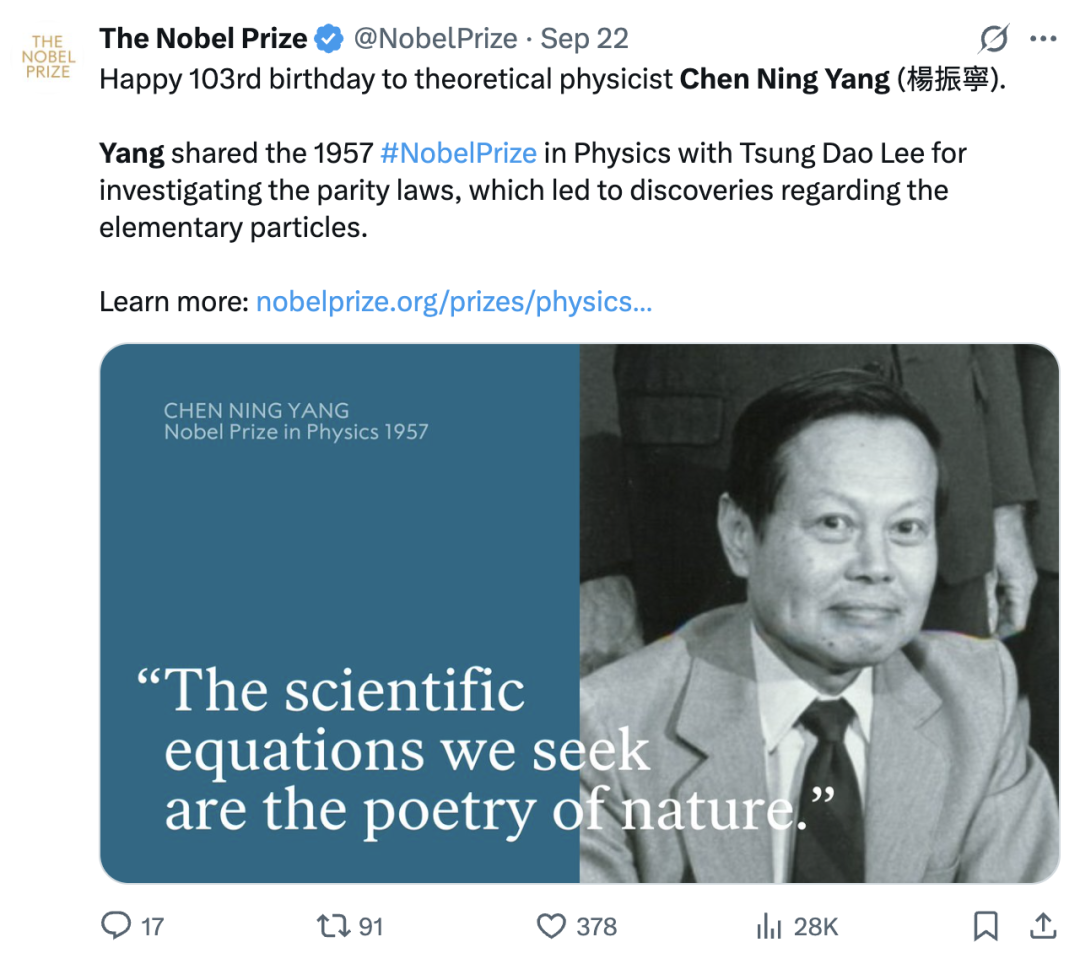
Early Life and Education
- 1922: Born in Hefei, Anhui, China
- 1942: Graduated from Southwest Associated University
- 1944: Received master’s degree from the same university
- 1948: Earned PhD at the University of Chicago, USA
- 1949: Joined Princeton’s Institute for Advanced Study for postdoctoral research
- Began a decade-long collaboration with Tsung-Dao Lee
---
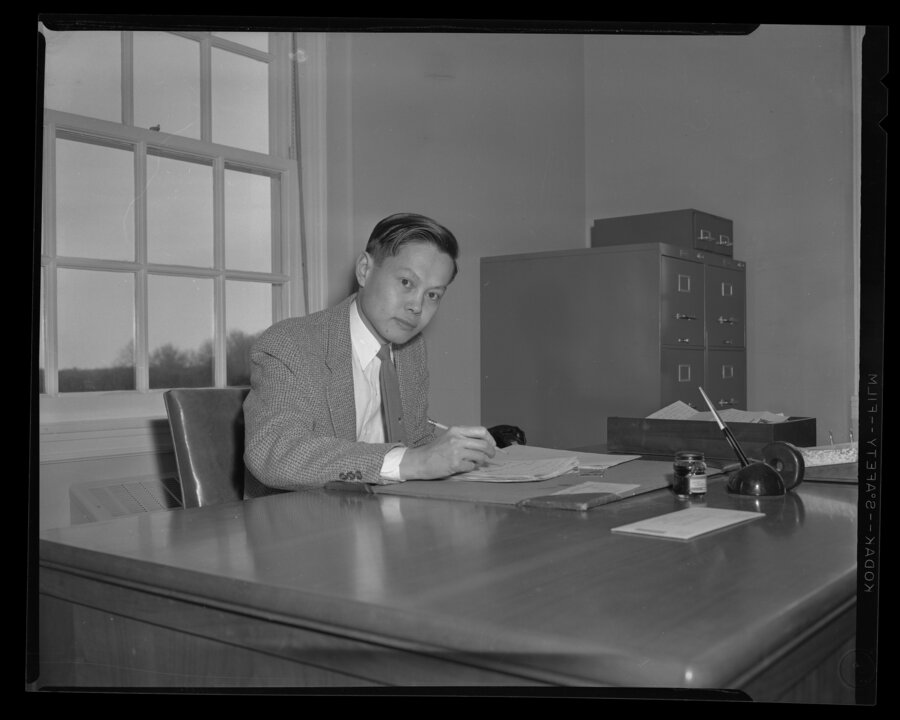
Yang Zhenning in his office at Princeton Institute for Advanced Study
---
Major Scientific Contributions
1. Parity Non-conservation in Weak Interaction
In 1956, Yang and Lee proposed that parity might not be conserved in weak interactions (e.g., beta decay), challenging the long-standing belief that parity conservation was universal.
Key points:
- Parity conservation holds for electromagnetic and strong interactions, but had not been tested for weak interactions.
- Suggested specific experiments to test parity in weak forces.
- In 1957, Chien-Shiung Wu’s team confirmed their theory through beta decay experiments.
- Won the 1957 Nobel Prize in Physics as a result.
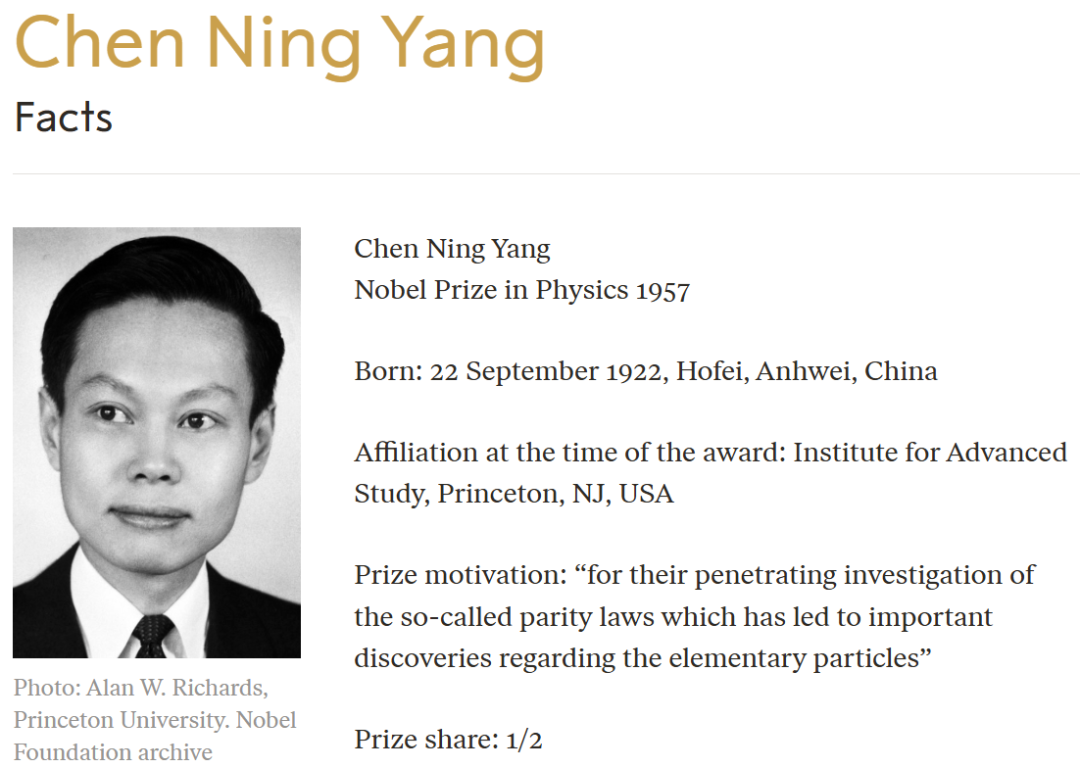
Screenshot from the official Nobel Prize website
---
2. Yang–Mills Theory
In 1954, Yang and Robert Mills introduced a non-Abelian gauge field theory — now fundamental to the Standard Model of particle physics.
Significance:
- Expanded gauge symmetry from electromagnetism to strong and weak forces.
- Provided the mathematical framework for describing quarks, leptons, and their interactions.
- Without Yang–Mills Theory, the modern Standard Model would not exist.
---
3. Yang–Baxter Equation
In studying one-dimensional many-body problems, Yang discovered the Yang–Baxter Equation — a key element in statistical mechanics and integrable systems.

Why it matters:
- Central to solvable models in statistical physics.
- Applications in quantum field theory, string theory, condensed matter physics, and knot theory.
- At the 1990 International Congress of Mathematicians, 3 of 4 Fields Medalists had work related to this equation.
---
Later Life and Legacy
Professor Yang returned to China, joining Tsinghua University to mentor future generations.
Highlights:
- Lifelong influence extending beyond physics into education and research culture.
- In 2021, at age 99, he donated over 2,000 books, manuscripts, letters, and documents to Tsinghua University — a priceless intellectual inheritance.
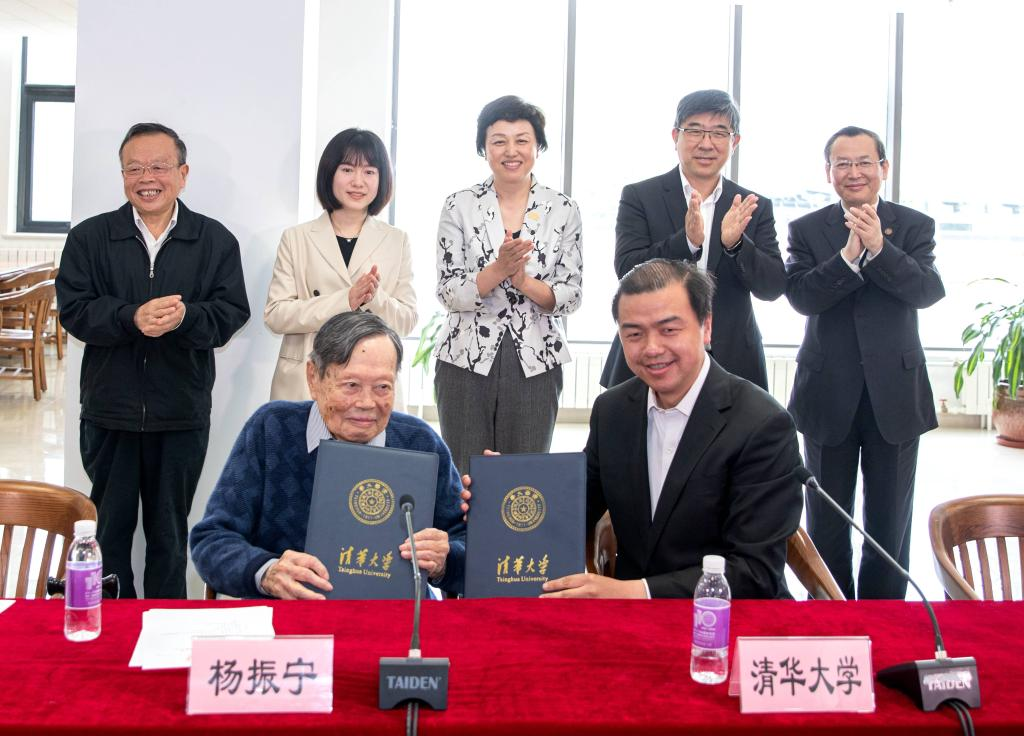
Yang Zhenning signing the donation agreement. Source: Tsinghua University
---
Honoring a Legend
Professor Yang’s contributions shaped modern physics and inspired countless scholars. Though his passing marks the end of a golden era, his theories and ideas will continue to influence humanity’s understanding of the universe.
---
Further Reading
---
AI Tools for Knowledge Sharing
Today, as science accelerates, platforms like AiToEarn官网 allow researchers, writers, and content creators to:
- Generate high-quality knowledge with AI
- Publish across multiple global platforms
- Monetize intellectual output
Such infrastructures preserve and share valuable work worldwide — much like Yang’s generous donation ensured that future generations would inherit a rich scientific legacy.




